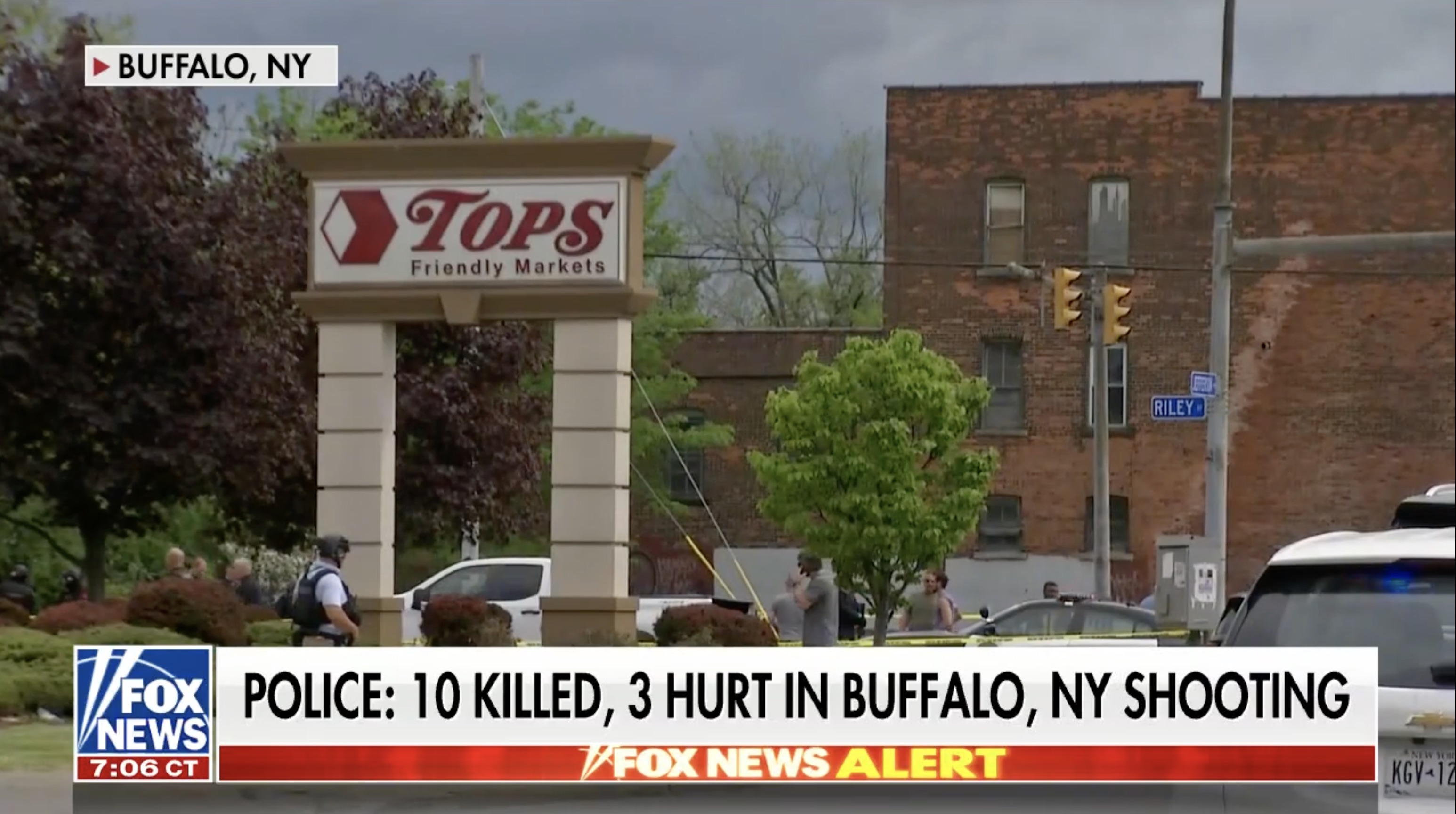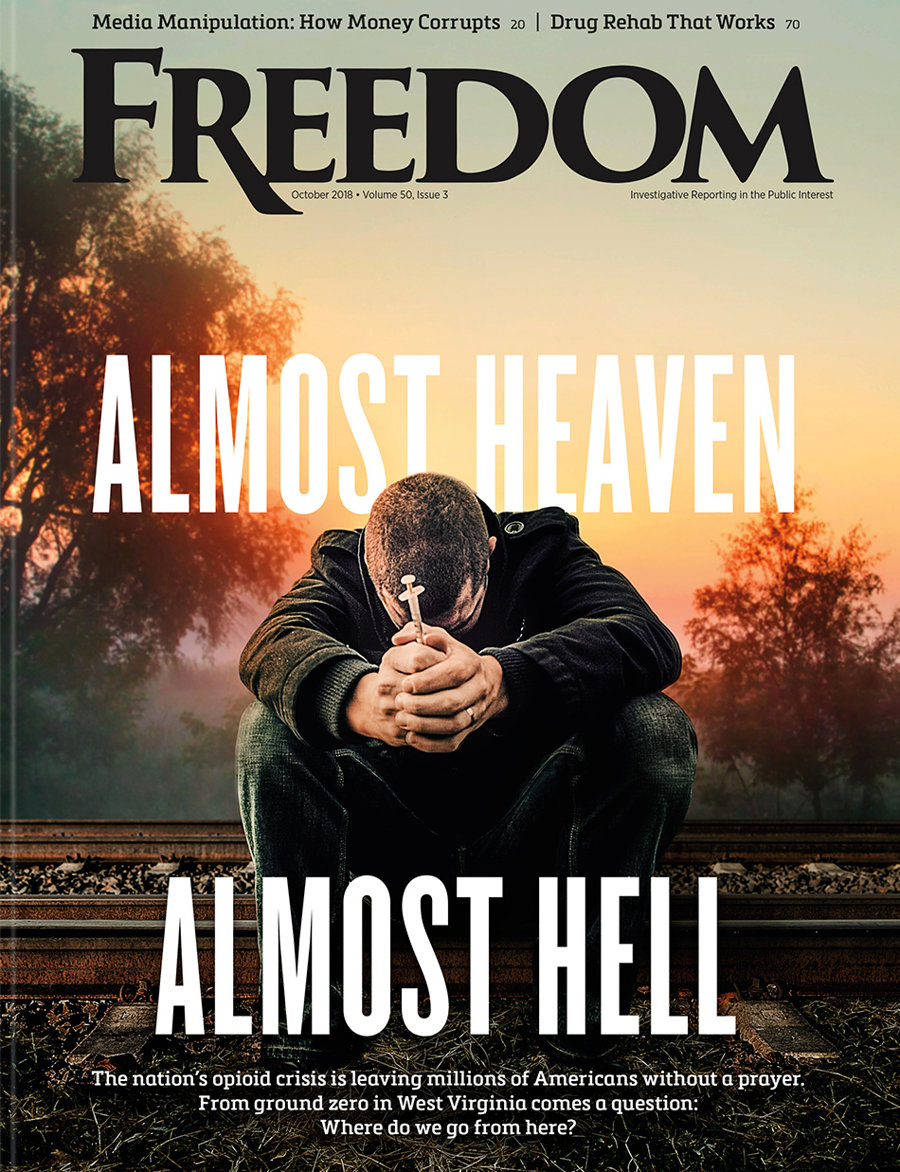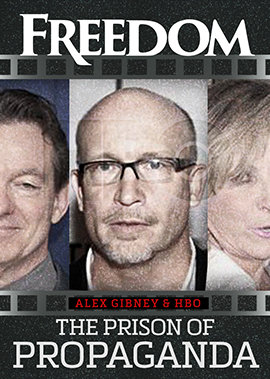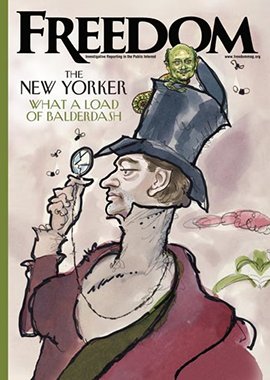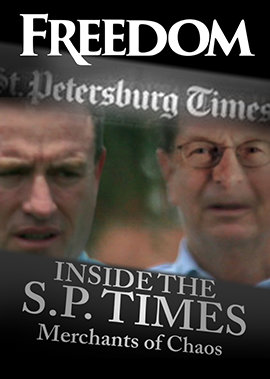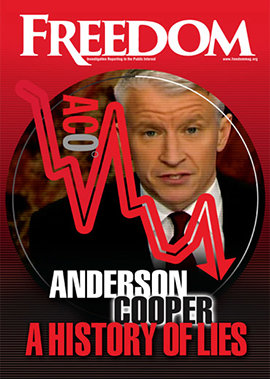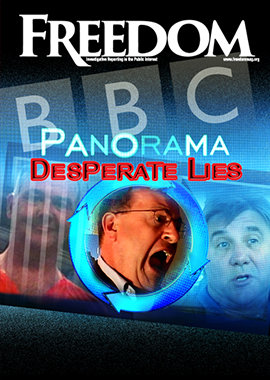Shortly afterward, authorities found a 180-page manifesto attributed to Gendron that had been posted on Google Docs on May 12, two days before the attack. Cobbled together from internet memes and racist chat rooms, the manifesto espouses the white supremacist ideology that apparently motived this barbaric assault. Gendron described himself as an ethno-nationalist who supports white supremacy. He wrote of his fears of a “white genocide” and espoused the far-right “great replacement” conspiracy theory, one which argues that non-white immigrants are seeking to replace the white majority. The manifesto includes other details about the planned shooting, including the alleged perpetrator’s search to find a zip code heavily populated by African Americans as the site for the assault. Prosecutors are treating the shooting as a hate crime.
Gendron described himself as an ethno-nationalist who supports white supremacy. He wrote of his fears of a “white genocide” and espoused the far-right “great replacement” conspiracy theory, one which argues that nonwhite immigrants are seeking to replace the white majority…. The theory has motivated multiple terror attacks….
The “great replacement” theory was popularized by French author Jean Renaud Gabriel Camus in his 2011 work The Great Replacement. It claims that white Europeans are systematically being replaced by nonwhite immigrants, an extension of bigoted views that motivated the Klu Klux Klan and that justified the horrors perpetrated by Germany’s National Socialist Party. It is also finding a foothold among racist white supremacists in America. The theory has motivated multiple terror attacks, including the 2018 attack at the Pittsburgh Tree of Life Synagogue, the 2019 attacks at two Christchurch, New Zealand, mosques and an El Paso Walmart, and in Buffalo, New York. Jon Lewis, an expert on domestic terrorism from George Washington University, observed that large portions of Gendron’s manifesto were plagiarized from a similar writing by the perpetrator of the 2019 Christchurch mosque shooting.
Since the early days of humanity, people have banded together with others they consider to be like themselves and therefore helpful for their survival: the family unit, the tribe, the nation, the race. In what is probably an oversimplification of complex social phenomena, people outside these groupings were competitors for limited resources and were thus outside “us” and became “other.” Primitive man drew the boundaries close to home. As we strive to become more civilized, we seek to extend those boundaries and become more inclusive. Or at least we hope we do.
The roots of the Holocaust lie in the field of “eugenics.” In 1883, British psychologist Francis Galton created the term “eugenics,” from the Greek word eugenes, meaning “good stock,” and defined certain racial groups as “inferior.” The eugenics movement fueled the Ku Klux Klan’s resurrection in the early 1900s in the United States.
One industry with a documented history of perpetuating the same racist notions that motivate instances of violence like the Buffalo shooting: the psychiatric industry. Rather than teaching people how better to get along with each other—to break down the barriers and to treat people of different ethnic backgrounds with the respect and dignity they deserve, the psychiatric industry has endorsed theories that perpetuate racism and create violent acts like those perpetrated in Buffalo.
The Citizens Commission on Human Rights reports that for centuries, psychiatry and psychology have provided the “scientific” justification for racism. Consider the principle “survival of the fittest,” which underlies the psychiatric eugenics (racial “improvement”) movement; also, the psychiatric idea that Man is merely an animal. Together they form a mentality that breeds antisocial theories and attitudes, including racist ones. And they led directly to the slaughter of millions during WW II.
The roots of the Holocaust lie in the field of “eugenics.” In 1883, British psychologist Francis Galton created the term “eugenics,” from the Greek word eugenes, meaning “good stock,” and defined certain racial groups as “inferior.” The eugenics movement fueled the Ku Klux Klan’s resurrection in the early 1900s in the United States. Theories of eugenics psychiatrists Ernst Rüdin, Alfred Ploetz and Alfred Hoche inspired Adolf Hitler, who based his racist plans on their teachings—as detailed in his autobiography Mein Kampf (My Struggle).
Even though Rüdin was the architect of the plan that made legalized mass murder a reality, incredibly the U.S. National Alliance for Research on Schizophrenia and Depression (NARSAD) continued to glorify Rüdin as the founder of “psychiatric genetics” at least into the 1990s. And white supremacists such as Payton S. Gendron and others like him continue these ideologies. In his manifesto, Gendron wrote: “I believe the White race is superior in the brain to all other races.” This is Nazi propaganda and a direct decedent of the perpetrators of the Nazi death camps.
Hating someone because they are different in some way is not natural. It is learned behavior. Until we forever purge these notions of racial hygiene perpetrated by the psychiatric industry, we will continue to experience deranged acts of extreme violence. Religion exhorts us to “love one another.” This may sound too simple and naïve to solve all our social problems. But it is a place to start.


